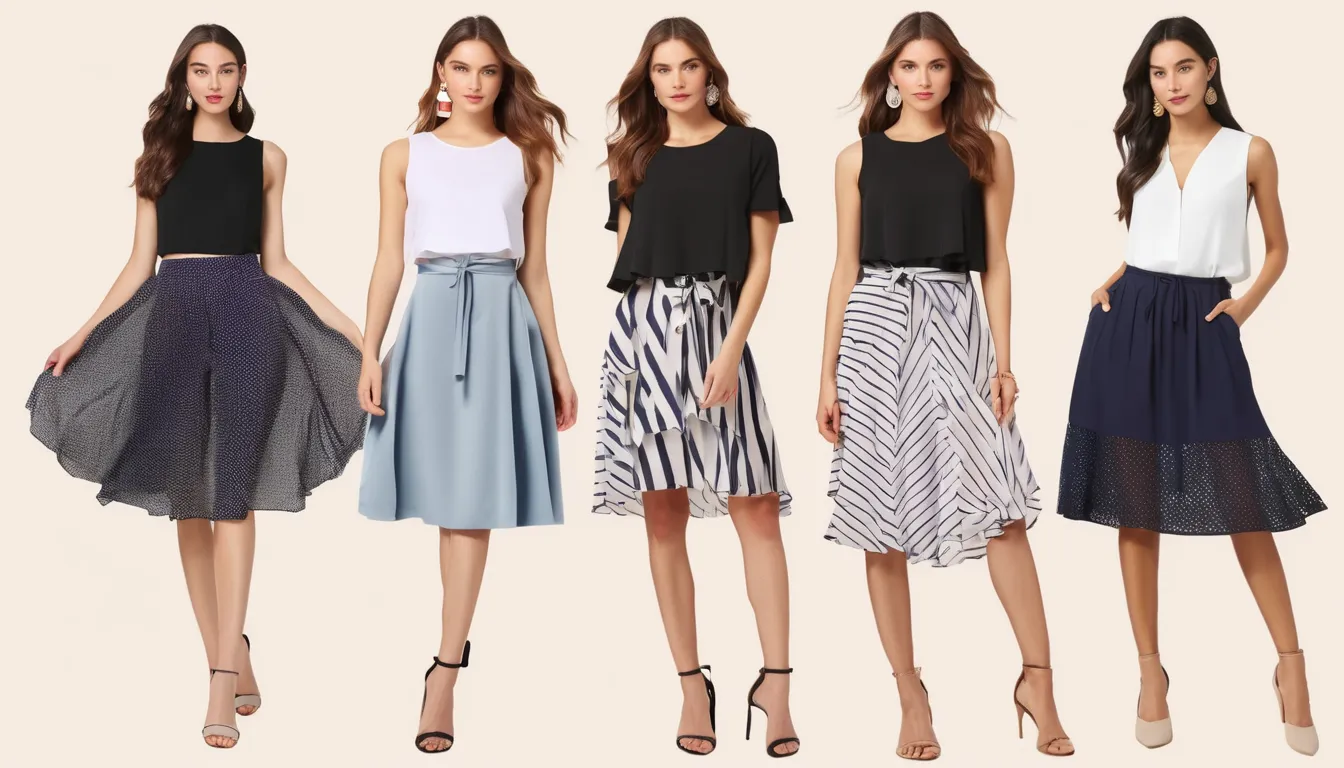When you’re starting your clothing business, sourcing from women’s clothing factories can be daunting yet rewarding. You’ll need to identify your target market first, as this sets the foundation for your entire operation. Once you have that, researching reliable factories is crucial. You’ll want to evaluate credentials and ensure ethical practices, but how do you establish effective communication channels with these factories? The answers might surprise you and could significantly impact your brand’s success. Let’s explore this further to uncover what truly matters in this process.
Identifying Your Target Market
When launching a clothing business, pinpointing your target market is crucial for success. You need to understand who your ideal customers are to create products that resonate with them. Start by considering demographics like age, gender, income level, and location. Are you targeting trendy teens, busy professionals, or eco-conscious consumers?
Next, dive deeper into psychographics—what are their interests, lifestyles, and values? Knowing what motivates your audience helps you tailor your marketing strategies. For instance, if your target market prioritizes sustainability, you’ll want to highlight eco-friendly materials and practices.
Don’t forget to analyze your competitors. Research brands that appeal to your target audience and identify gaps in the market. What can you offer that they don’t?
Once you’ve gathered this information, create buyer personas that embody your target customers. These profiles will guide your design choices, marketing campaigns, and overall brand positioning.
Researching Reliable Factories
Finding reliable factories is a critical step in launching your clothing business. Start by using online platforms and directories tailored to the apparel industry. Websites like Alibaba, Maker’s Row, and ThomasNet can help you find potential factories.
Make sure to filter your search by location, production capacity, and specialization to narrow down your options effectively.
Next, leverage social media and professional networks like LinkedIn to connect with industry insiders. Join relevant groups or forums where you can ask for recommendations and gather insights on various factories.
Networking with other entrepreneurs can provide valuable firsthand experiences that you won’t find online.
Also, consider attending trade shows and industry events. These gatherings offer the chance to meet factory representatives face-to-face, allowing you to discuss your needs and gauge their professionalism and expertise.
Evaluating Factory Credentials
Evaluating factory credentials is essential to ensure you partner with a reliable manufacturer. You don’t want to invest your time and resources into a factory that doesn’t meet your standards.
Start by checking for relevant certifications, which can indicate quality and compliance with industry regulations. Look for factories that have experience in women’s women’s clothing wholesale , as this demonstrates their expertise in the specific niche you’re targeting.
Here are a few key factors to consider during your evaluation:
- Certification and Compliance: Verify if the factory holds certifications like ISO or ethical manufacturing standards, ensuring they adhere to quality and labor laws.
- Experience and Reputation: Research the factory’s history and reputation in the industry. Look for reviews, testimonials, and case studies from previous clients to gauge their reliability.
- Production Capacity and Technology: Assess the factory’s production capabilities and technology. A well-equipped facility can handle your order volume and meet your timeline, ensuring timely delivery.
Establishing Communication Channels
After you’ve vetted potential factories, the next step is establishing effective communication channels. Clear communication is crucial for a successful partnership, so you’ll want to choose multiple methods to connect.
Consider using email for formal communications, ensuring you have a written record of all agreements and discussions.
Instant messaging apps like WhatsApp or WeChat can facilitate quick conversations and immediate feedback. Make sure you exchange contact information with your factory representatives to streamline this process.
Video calls via Zoom or Skype are also invaluable, especially for discussing complex designs or addressing concerns. Seeing each other can build rapport and trust, which is essential in business relationships.
Language barriers may arise, so if needed, hire a translator or use translation apps to ensure clear understanding.
Be proactive in setting up regular check-ins to monitor progress and resolve any issues promptly.
Establishing these channels not only helps you stay informed but also fosters a collaborative environment, paving the way for a successful partnership as you launch your clothing business.
Ensuring Ethical Production Practices
Ethical production practices are vital for building a responsible clothing brand. When you prioritize ethical sourcing, you not only contribute to a sustainable fashion industry but also build trust with your customers.
They’ll appreciate your commitment to fair labor practices and environmental sustainability. To ensure ethical production, consider the following steps:
- Research Suppliers: Investigate potential factories to ensure they adhere to fair labor standards, including safe working conditions and reasonable wages.
- Audit Processes: Implement regular audits of your suppliers to confirm compliance with ethical practices. This keeps accountability at the forefront and encourages transparency.
- Foster Relationships: Build strong partnerships with your factories. Open communication can lead to improvements in working conditions and a shared commitment to ethical practices.
Conclusion
In conclusion, starting your clothing business requires a strategic approach to sourcing from women’s clothing factories. By identifying your target market, researching reliable factories, and evaluating their credentials, you can ensure quality and ethical production. Establishing clear communication channels will foster collaboration, while a commitment to sustainable practices will resonate with your customers. With these steps, you’re well on your way to building a brand that stands out in the competitive fashion industry.


